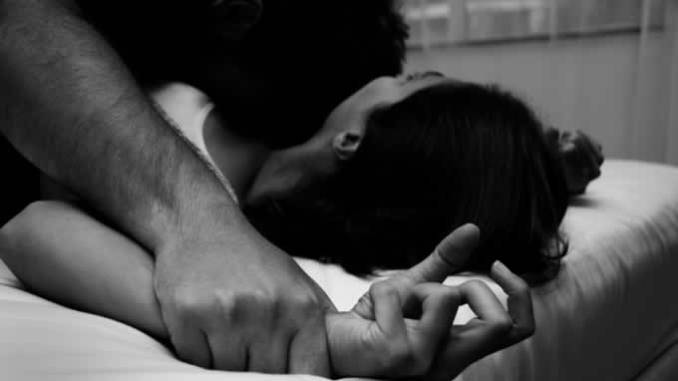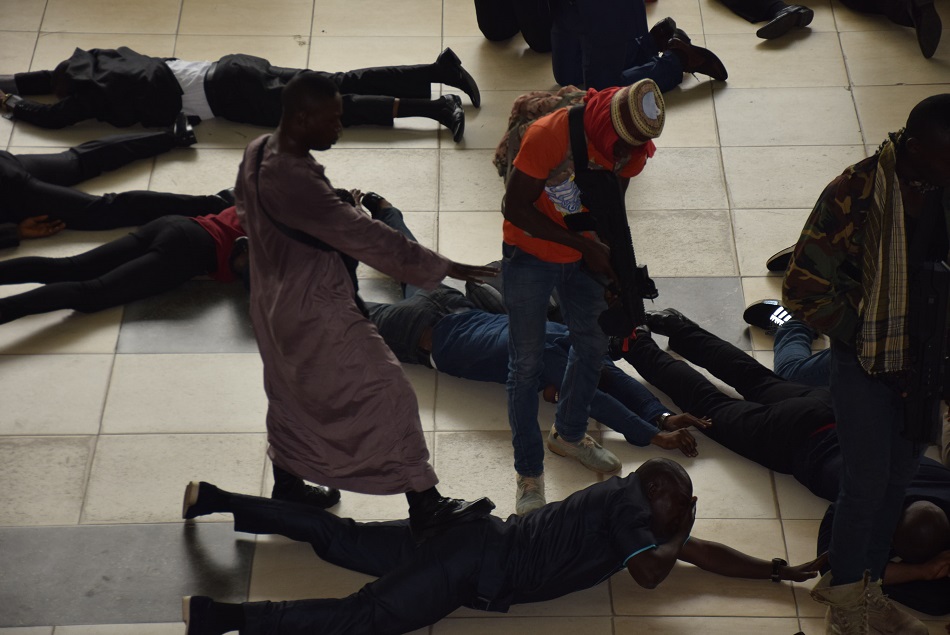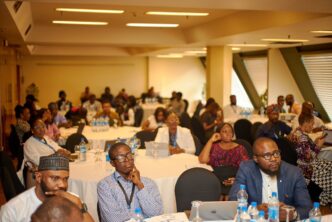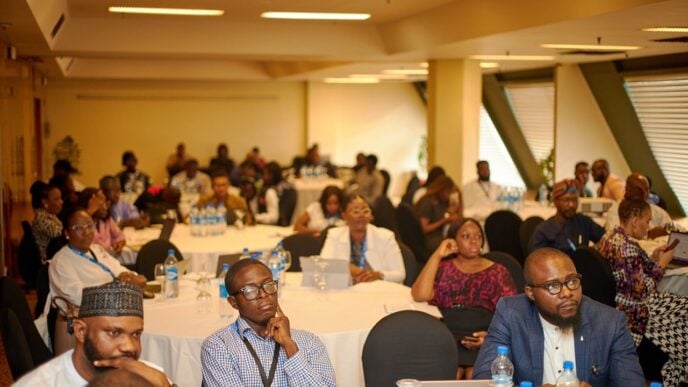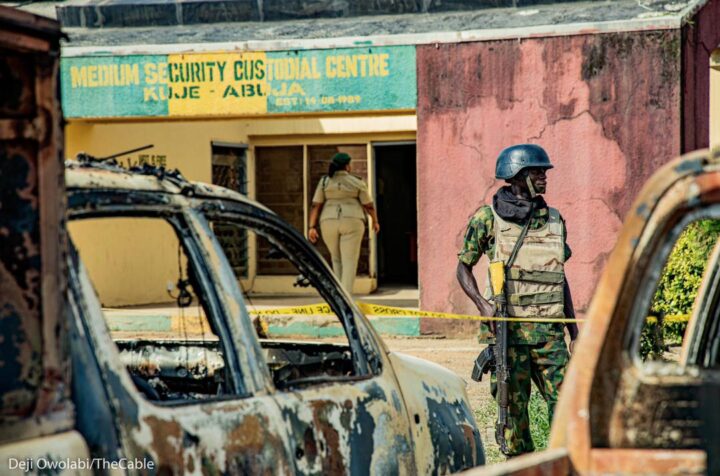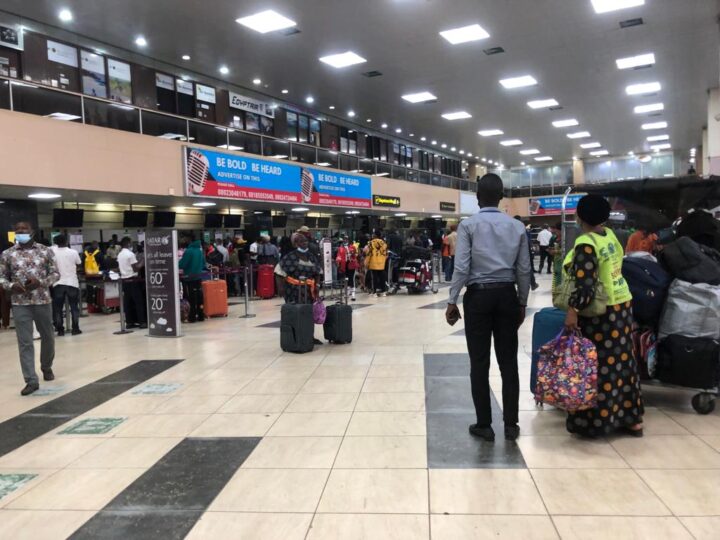The World Health Organisation (WHO) says 19 million adolescent girls in romantic relationships stand the risk of physical or sexual harassment by their partners before the age of 20.
In research published by the Lancet Child & Adolescent Health journal, the WHO said about 1 in 6 adolescent girls experienced such violence in the past year.
The study analysed the prevalence of physical and/or sexual partner violence experienced by 15 to 19-year-old girls who have been in intimate relationships.
It also stated that social, economic and cultural factors contributed to their chances of being abused.
Advertisement
The global health body said there is a high prevalence of intimate partner violence against adolescent girls in lower-income countries and regions.
WHO estimated that the worst affected regions are Oceania (47%) and central sub-Saharan Africa (40%), while the lowest rates are in central Europe (10%) and central Asia (11%).
“Between countries, there is also a substantive range: from an estimated 6% adolescent girls subjected to such violence in the least affected countries, to 49% in those with the highest rates,” the report reads.
Advertisement
“Child marriage (before the age of 18 years) significantly escalates risks, since spousal age differences create power imbalances, economic dependency, and social isolation – all of which increase the likelihood of enduring abuse.
“Partner violence can have devastating impacts on young people’s health, educational achievement, future relationships, and lifelong prospects.
“From a health perspective, it heightens the likelihood of injuries, depression, anxiety disorders, unplanned pregnancies, sexually transmitted infections, and many other physical and psychological conditions.”
To end gender-based violence, Lynnmarie Sardinha, WHO’s study author and technical officer for violence against women data and measurement, said low-income countries must prioritise access to education for girls.
Advertisement
“This means ensuring secondary education for all girls, securing gender-equal property rights and ending harmful practices such as child marriage —which are often underpinned by the same inequitable gender norms that perpetuate violence against women and girls,” she added.
Add a comment
